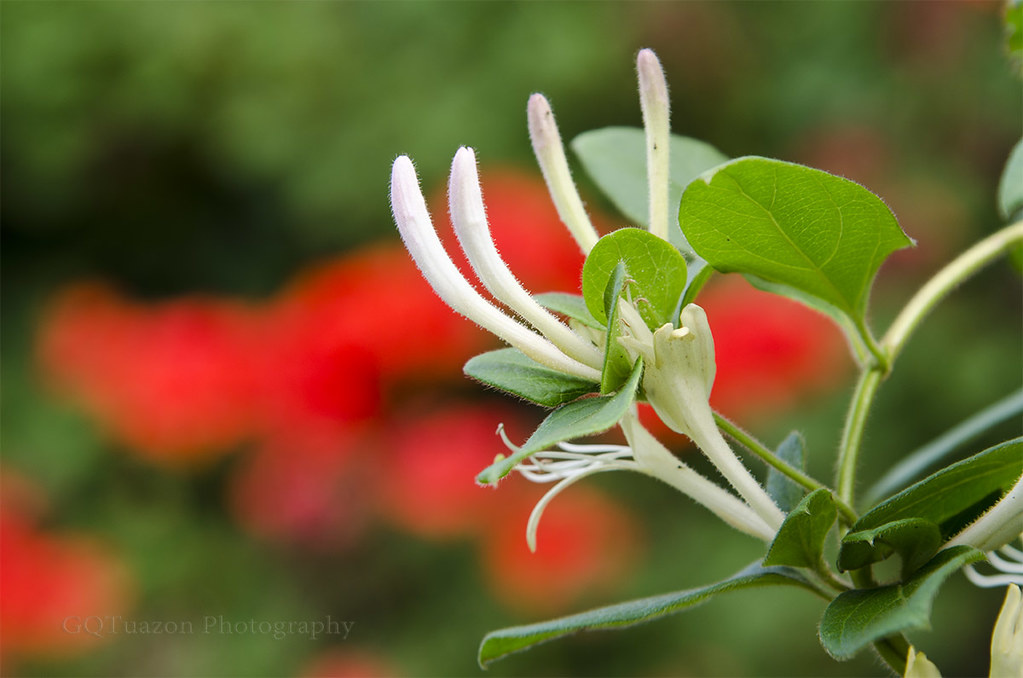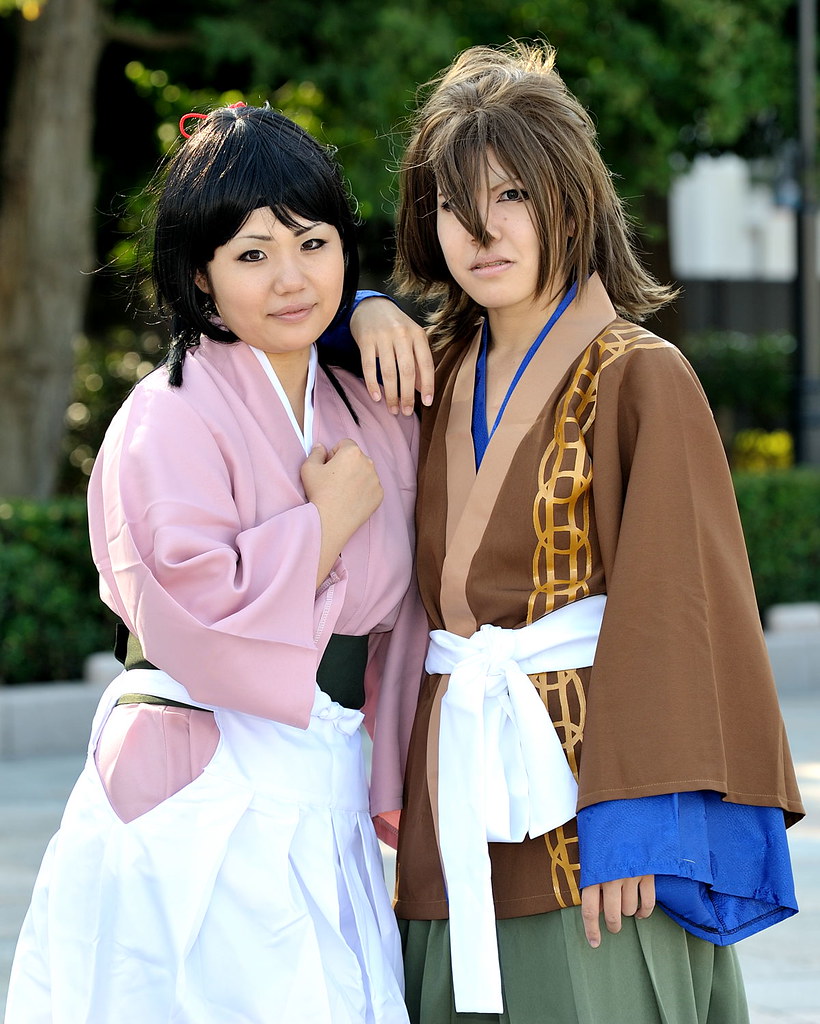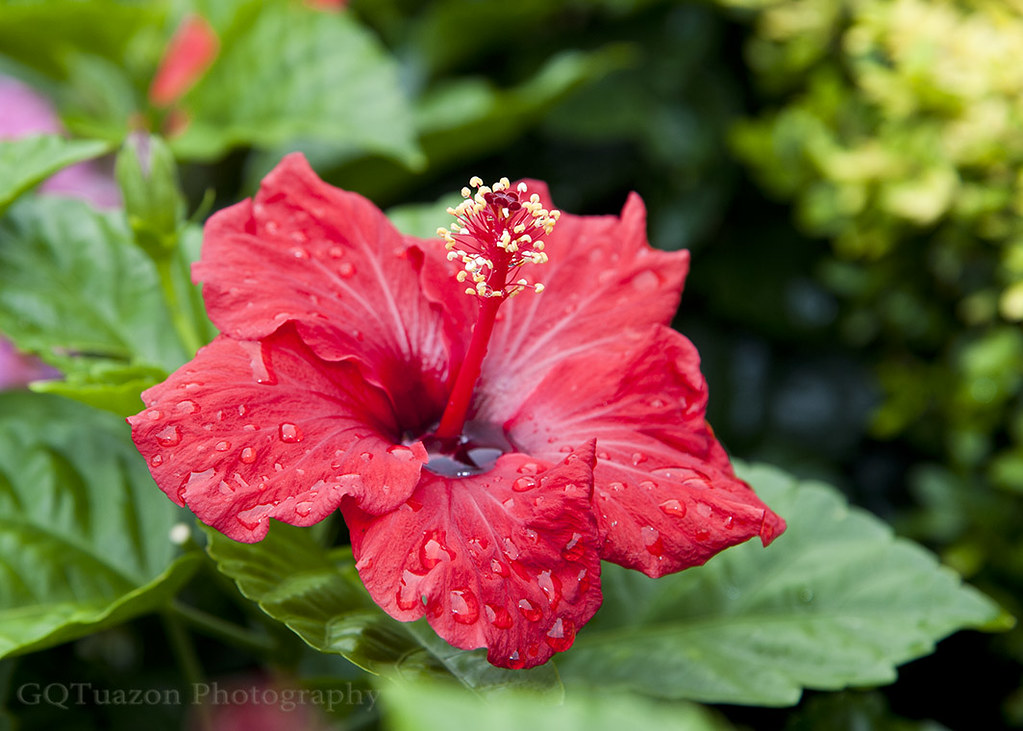Lately a topic of discussion on several threads has been if we could tell the difference between high quality dx shots verses fx. Some of our members are fortunate enough to have both great Dx and Fx cameras (Sam, Glenn, James and Marcel come to mind, I know there are more). I thought it would be nice if those folks posted some of their high quality work from both formats without posting the exif data. We could all get a chance to determine (guess perhaps) what is the format used. The photo contributors would have the same opportunity with the other contributors. This might be a fun exercise, and help put that discussion (sometimes arguement) to rest.
I don't have a FX camera anymore (for now). But using the D7000 DX vs D700 FX camera, you won't see any difference if you use ISO 800 or below other than the field of view, assuming you are using the same lens, ISO and focal length. The FX of course is much wider and has a one stop advantage over the D7000 based on my tests.
Since I am using just the D7000 for now, I do miss the wider field of view of the FX for landscape. Technically, the DX would yield a thinner DOF based on the DOF calculator. However, if you use the same lens with the FX, you would have to move closer in order to get the similar framing of the DX. Closer to the subject changes the DOF and makes it much thinner than DX.
To demonstrate the ISO advantage and the wider FOV of the FX, here are the shots taken at ISO 3200 using the D7000 DX camera followed by the D700 FX camera. Please disregard the white balance since they can be adjusted to your taste.
If the wider field of view helps out, then the FX is the better choice; If you are into wildlife photography, then the DX might work best for you.
D7000 DX at ISO 3200
One great advantage for landscape shooters with the FX camera, you would rarely need wider than a 24mm which has an equivalent 16mm FOV when compared to the DX.








